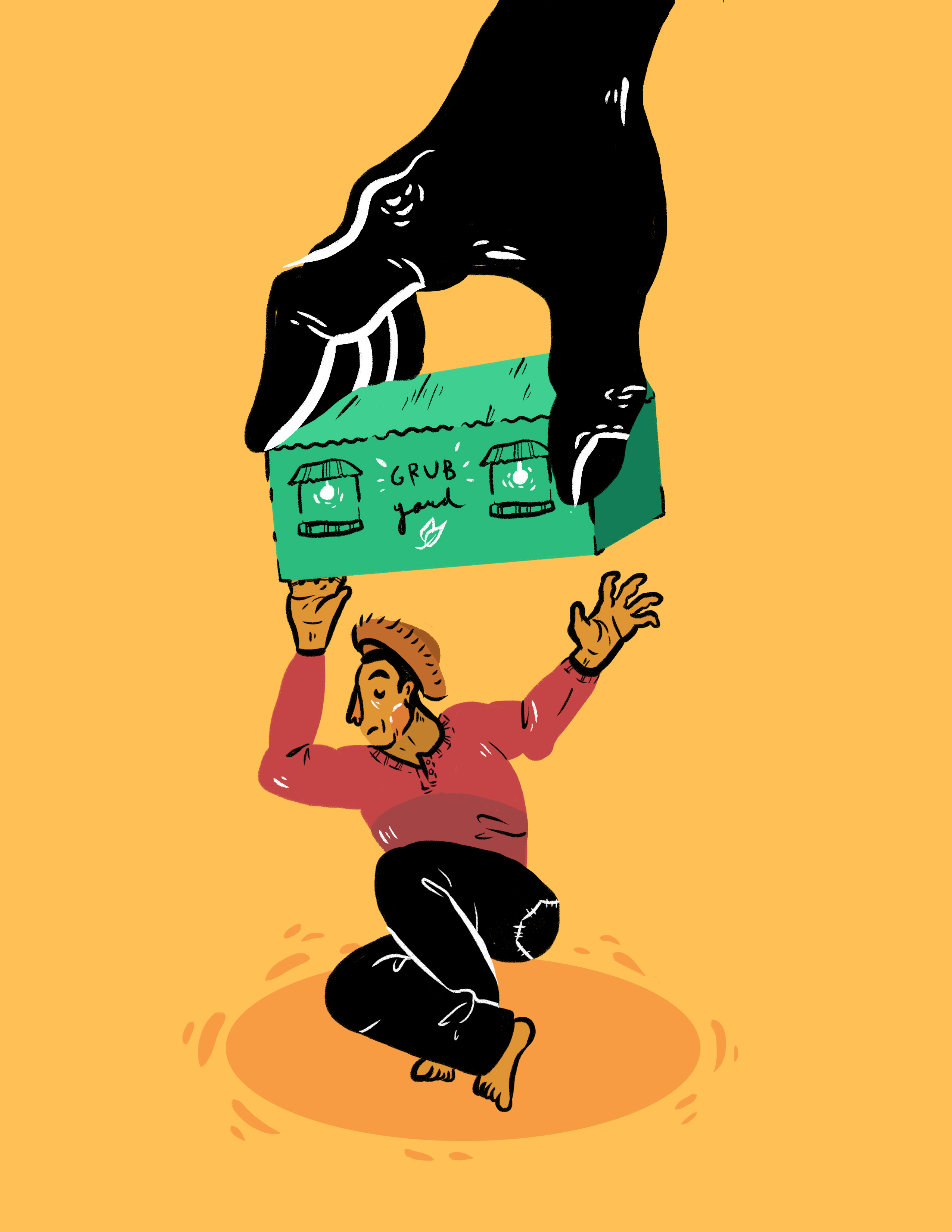With new commercial establishments increasing by the day, developers now face a challenge more damning than limited spaces available; the local residents themselves.
Gentrification is generally defined as the upscaling of old or deteriorated urban neighborhoods for the sake of getting wealthier residents, resulting to an increase in rent and property values, the displacement of poorer residents against their will, and changes in the area’s people, businesses, and culture. However, how did a third-world country start its journey into gentrification?
From being merely a vast grassland prior to World War II in the 1940s, the city now known as Makati experienced excessive development until the late 1990s. The thriving postwar development of the area gave it a significant spike in real estate values, with old manufacturing areas from the industrial era converted, not only to housing, but also to commercial spaces and offices to accommodate the influx of foreign and local investors.
In the 1950s, the Ayala Corporation (originally named Ayala y Compañía), the country’s oldest and largest conglomerate, established Makati’s first four communities: Bel-Air, Forbes Park, San Lorenzo, and Urdaneta. Fort Bonifacio, on the other hand, were built by military families who worked in the Philippine Army headquarters. In the latter half of the decade, the first office buildings were built in the area, eventually being named as the Makati Central Business District, becoming the commercial and financial center of the country.
With Makati becoming more developed by the minute, the displacement of the city’s poorer residents have instigated a somewhat residential war.
A residential war
Capitalism plays a notable role in this issue, as emphasized in Architect Maria Lourdes Alampay’s research titled “The Process of Gentrification: The Case of the Community Around the Rockwell Center, Makati City, Philippines.”
According to Alampay, residences constantly need maintenance or replacement as they deteriorate over time. Yet, such maintenance is unlikely when there is low capacity for residents to pay. In effect, unmaintained houses or establishment drive away potential upper class residents that do have the capacity to pay, making the owners lose potential profit. This causes some developers to put up luxurious and expensive residences and stores around an undeveloped area, making it harder for the residents to keep their homes and small businesses.
Eventually, older residents are left with no choice but to leave the area they have been considered their homes to resettle in a more affordable area. As the population of poor residents decreases, the more flexibility owners have to increase property value or rent. Landlords will then have a leeway to evict low-income residents in favor of wealthier tenants who can afford higher rent.
As a response to alleviate this problem, the government proposed several dispersal policies, mainly the “Balik Probinsiya” program or residential re-settlements. Families who will voluntarily take part in the said program will be given financial help in terms of transportation and dislocation allowances, as well as capital for start-up businesses in their respective provinces.
“The government should revive the ‘Balik Probinsya’ program to encourage informal settlers in Metro Manila to move to their own provinces. Those informal settlers who will be affected by the clearing operations of waterways and easements should be given priority,” Eastern Samar Rep. Ben Evardone, chairman of the House committee on public information, said in 2012.
However, such a program seemingly appears to be a band-aid solution offered to the victims of gentrification, and the government is not at all subtle which side it supports.
Although gentrification aims to revive distressed neighborhoods through new investment in buildings and infrastructure, increased economic activity in the area, and better security to reduce crimes, this development happens at the poor’s expense.
Developed cities for everyone
Gentrification can provide benefits to everyone involved. The way to manage the situation, according to Roberta Gratz in her 1989 book The Living City: How America’s cities are being revitalized by thinking small in a big way, is “to welcome new middle to high-income residents while access to decent affordable housing is not lost to current residents who cannot afford the luxury of movement by choice. They are part of the upgrading process rather than dislocated by it.”
Gratz also mentioned the spectrum of techniques to solve this problem is broad and includes land-banking of abandoned housing for designated use, subsidized rehabilitation of government-owned buildings for low-income tenants, tenant management and/or ownership, inclusionary zoning that guarantees provision of low income units in any new project, and other creative tax policies that moderate quick turnover and high profit-taking.
Development in all forms, whether in technology, behavior, political systems, and real estate, should never be a reason for certain social classes to be oppressed. In the issue of gentrification, residents living in the cities have a right to own territory and no price tag should take that right away.
Art by Andi Osmeña
This article was originally published in The Benildean Vol. 4 No. 2: Preservation.


